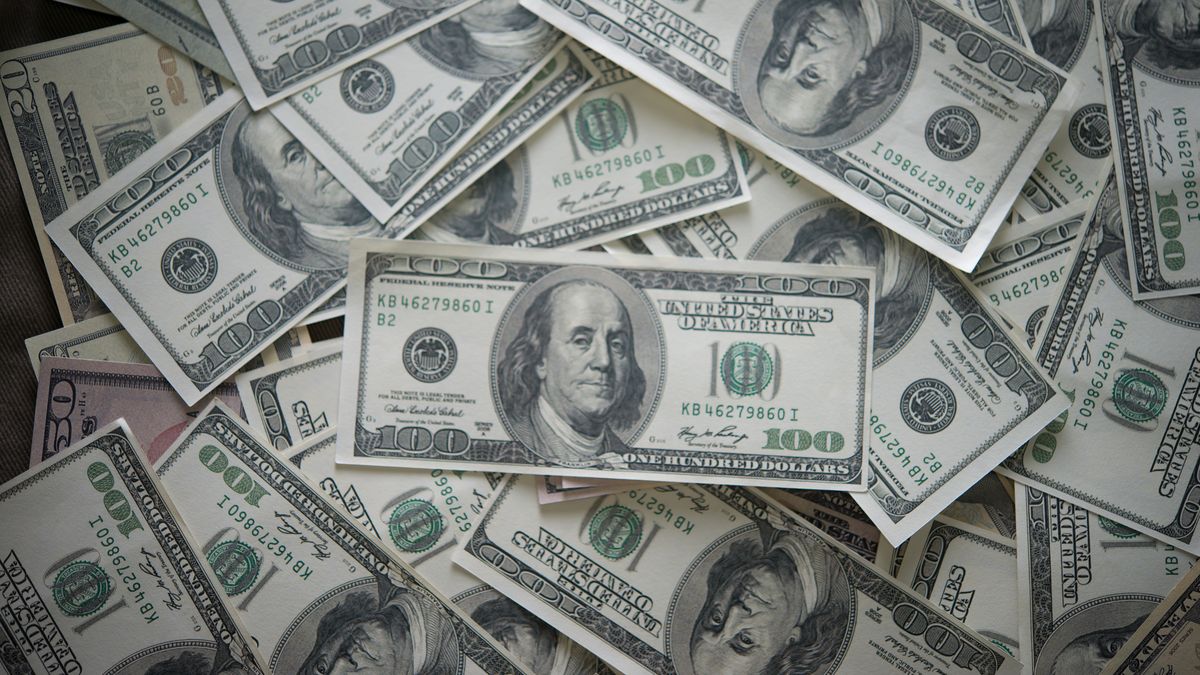As far as hoarding is concerned, “human persons” bought tickets for US$143 million and made sales for US$5 million, showing drops of 16% and 11% compared to March, respectively.
As for the number of people who operated, 799 thousand individuals bought tickets, while some 26 thousand soldthus resulting in purchases and sales per capita of u$s179 and u$s201, respectively.
These operations took place within the framework of the regulatory changes introduced in September 2020, which include control and monitoring regarding the economic capacity and income required for the opening of new savings banks in foreign currency, and limits on the access of co-owners. to the purchase of foreign currency for the formation of foreign assets. Let us also remember that for payments made for consumption in foreign currency with credit and debit cards, they are taken into account in the monthly quota of u$s200 per person.
Big forex sellers and buyers
On the other hand, the “real sector” was a net seller of foreign currency for US$840 million. Within this group, the main sector in terms of net sales in the foreign exchange market, “Oilseeds and cereals”, recorded net income for US$3,358 million, with a year-on-year increase of 3%.
The “Real sector excluding Oilseeds and cereals”, on the other hand, was net buyer for a total of US$2,518 million, showing a year-on-year increase of 59%. The purchases were mainly destined to carry out payments for imports of goods and services, and to cancel financial debt.
Meanwhile, the “Institutional investors and others” sector, both residents and non-residents, made net purchases in the month for $223 million.
Still, the foreign exchange current accountwhich includes the net flows for net exports of goods and services and primary and secondary income, recorded a surplus of US$276 million. This result was explained by the net income in Concept of “Goods” for US$1,403 millionpartially offset by the deficit results of “Services” and “Primary income” for US$866 million and US$261 million, respectively.
While the foreign exchange financial account of the “Non-financial private sector” had a deficit of US$431 million in the month, highlighting the records for the cancellation of balances in foreign currency with local entities for the use of cards with non-resident suppliers for US$237 million (which do not entail a net demand for foreign currency), the cancellation of foreign loans and debt securities for US$54 million, of local financial loans for US$47 million and with other international organizations for US$54 million. $s26 million.
The operations of the foreign exchange financial account of the “Financial Sector” resulted in a surplus in US$439 million, highlighting the US$460 million drop in liquid external assets of the entities that make up the General Exchange Position (PGC).
For its part, the operations of the foreign exchange financial account of the “General Government and BCRA” resulted in a deficit of US$760 million, mainly due to capital cancellations with the International Monetary Fund for the equivalent of US$687 million.
The worrying fact of the month was that the international reserves of the BCRA decreased by US$1,131 millionmainly affected by the impact of the drop in the price in US dollars of the assets that comprise them for US$1,087 million, ending the month at a level of US$42,007 million.
Source: Ambito
David William is a talented author who has made a name for himself in the world of writing. He is a professional author who writes on a wide range of topics, from general interest to opinion news. David is currently working as a writer at 24 hours worlds where he brings his unique perspective and in-depth research to his articles, making them both informative and engaging.




